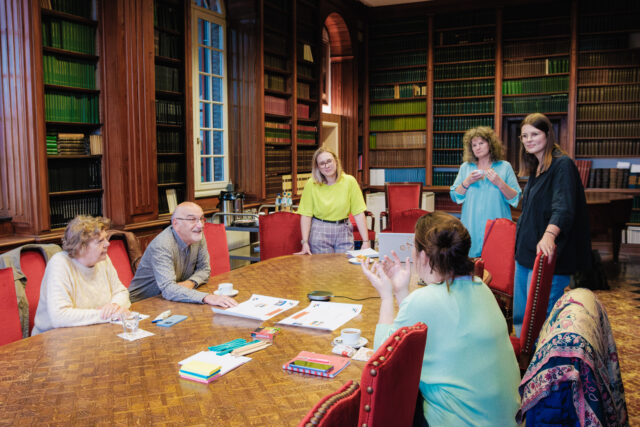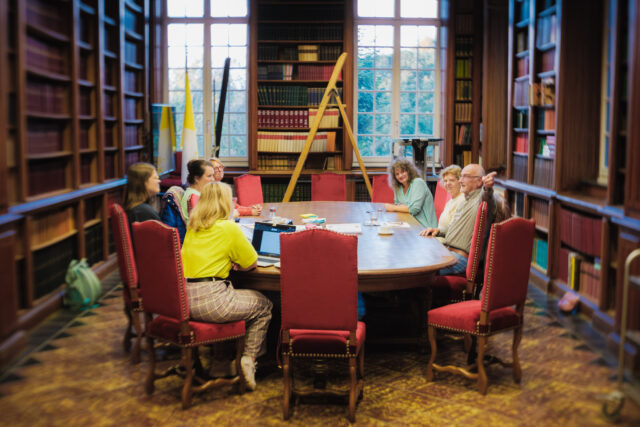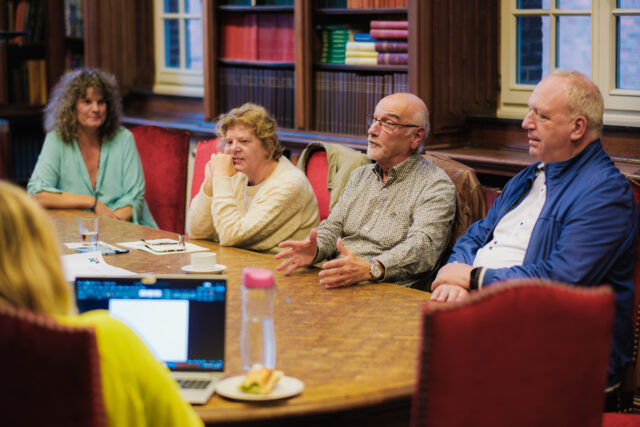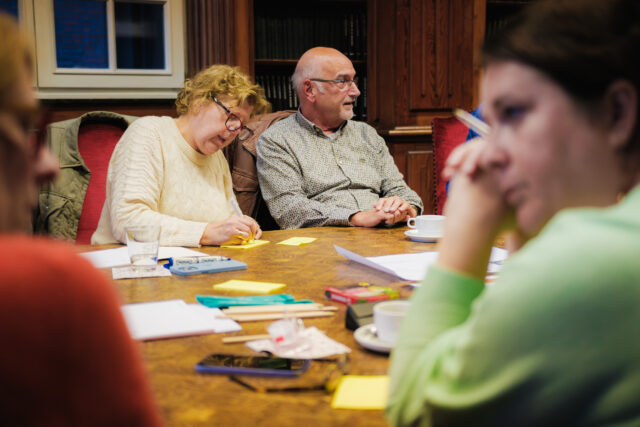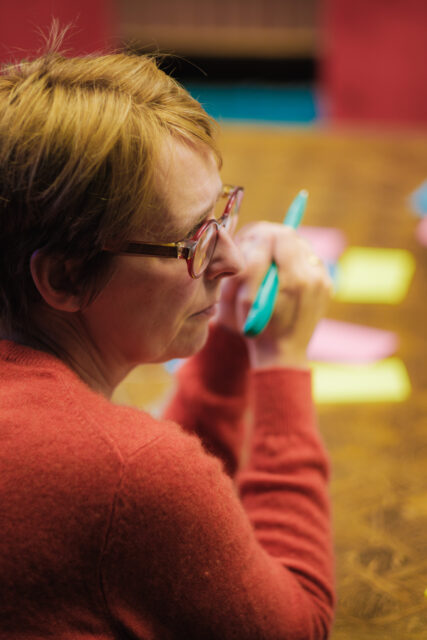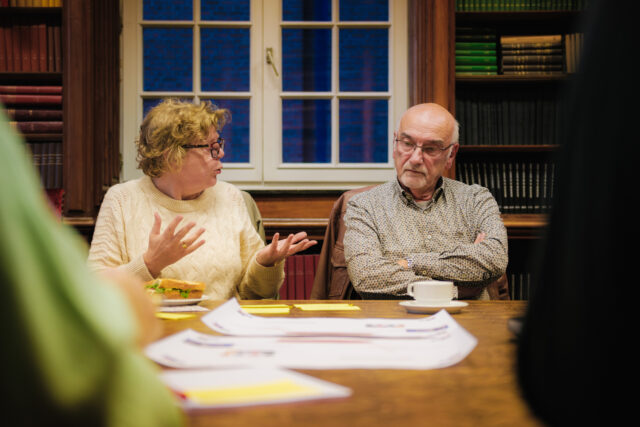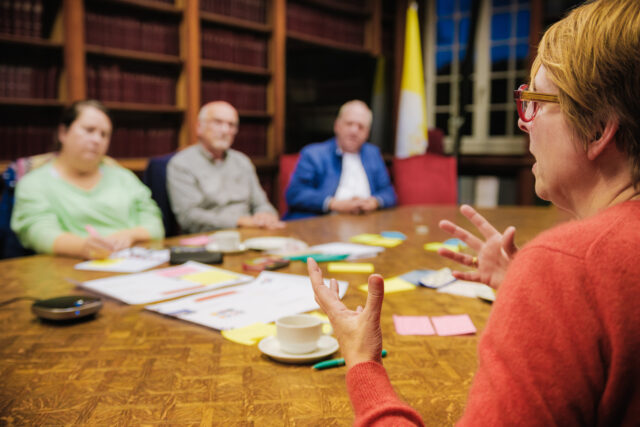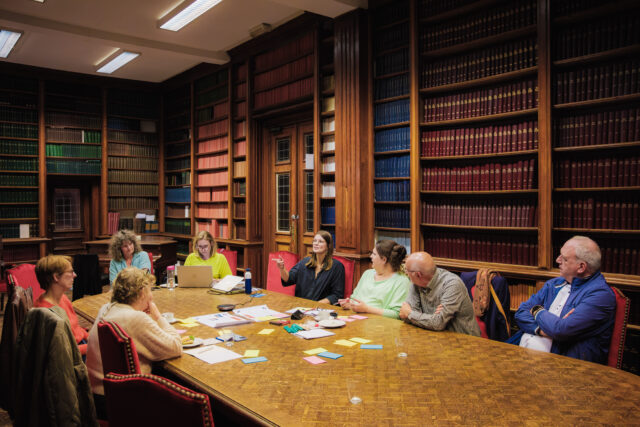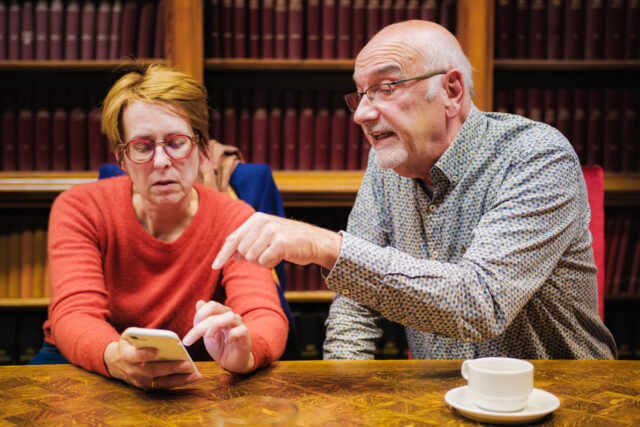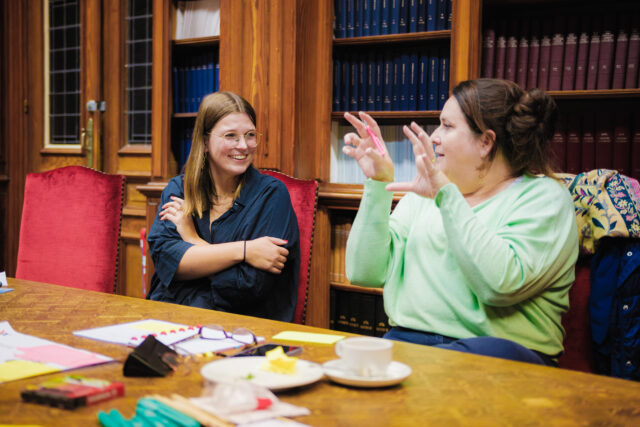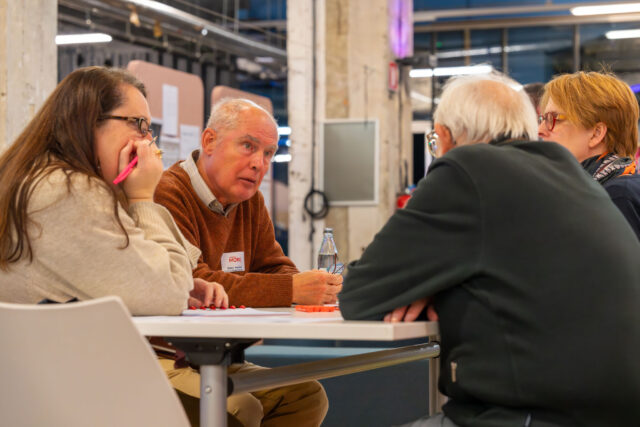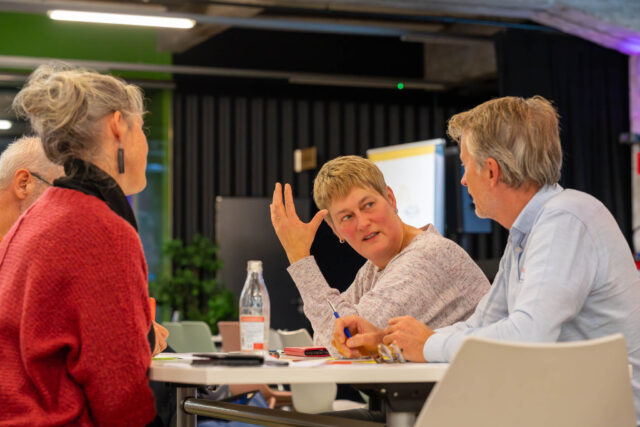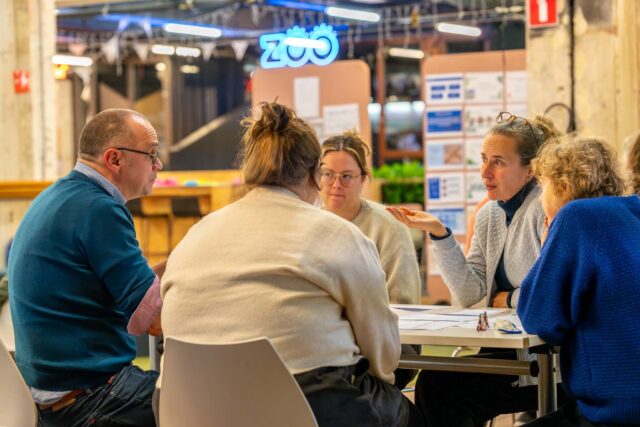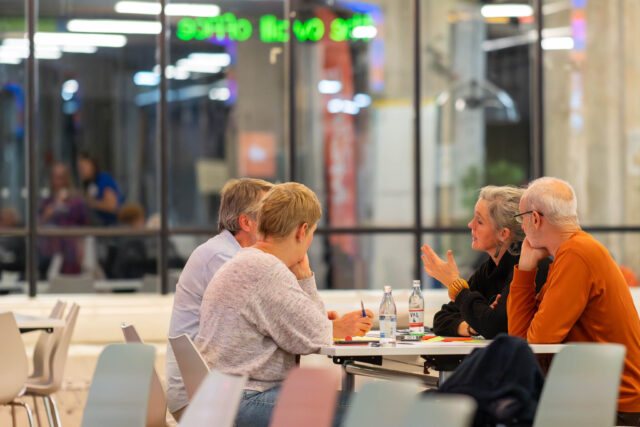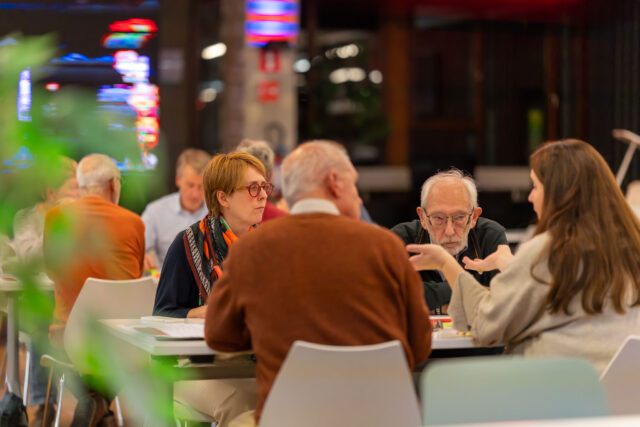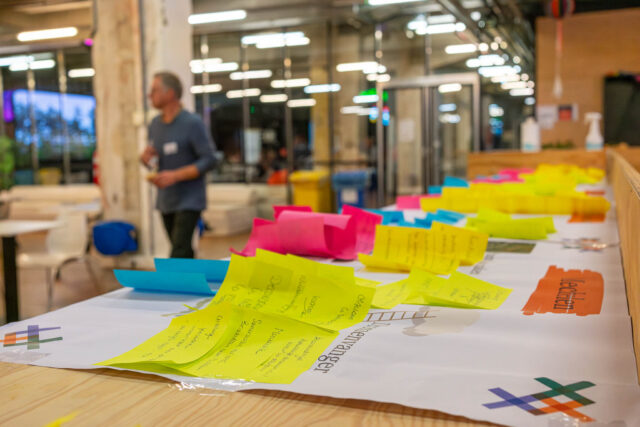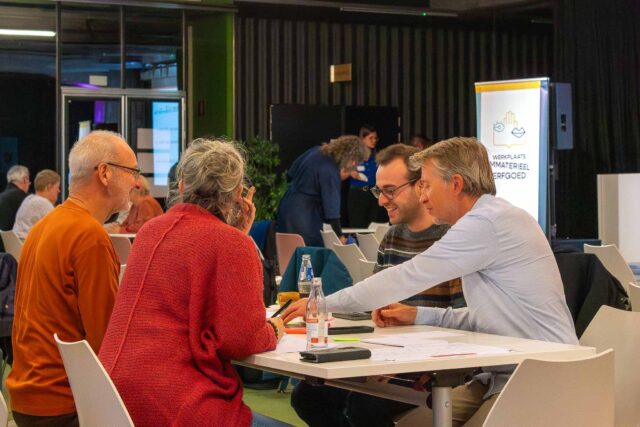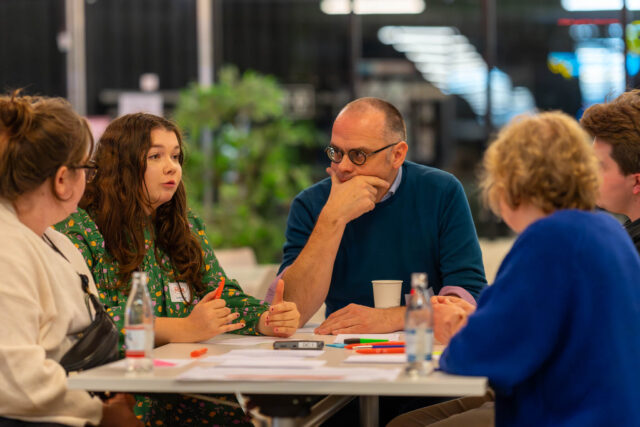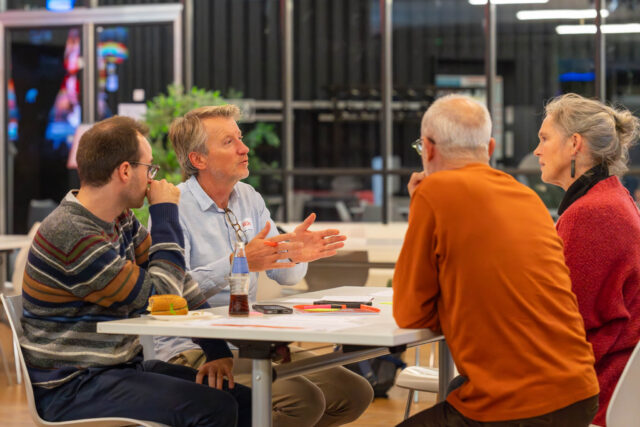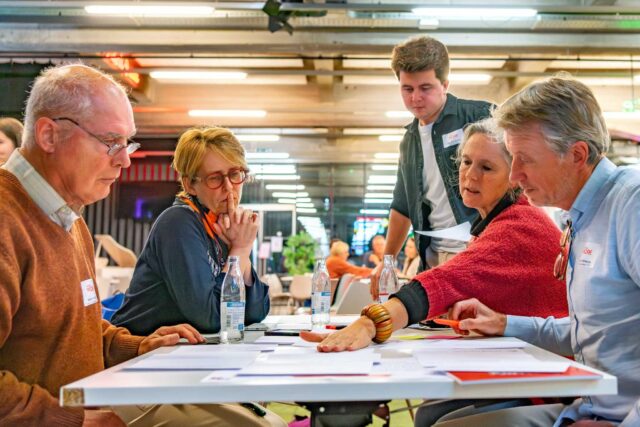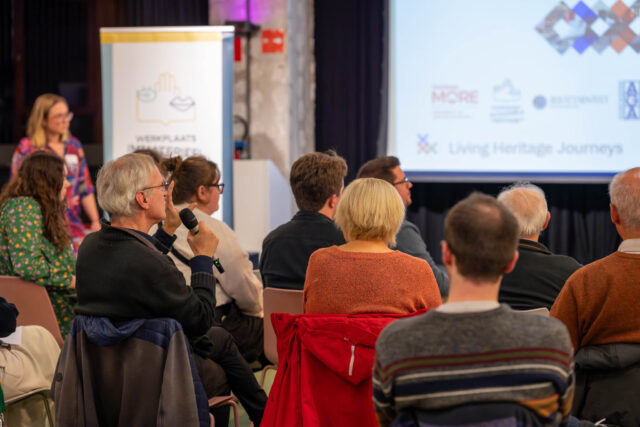Grasping the fundamentals
The first phase of the project gathers deep insights into the living heritage practices, heritage communities’ visions and wishes, visitor expectations, policy environments, and inspirational practices.
Here the Design thinking stages of Empathise and Define play a key role.
- Empathise involves a human-centred process to understand people and their needs.
- Define draws on the insights gathered to collaboratively determine the projects specific challenges and next steps.
Stakeholder Workshops
Prepilot workshop Grimbergen - © Aron Vermeiren
Stakeholder Workshops
Prepilot workshop Mechelen - © DoorDries - Dries Theuwissen
Lessons learned in fase 1
Findings from the first fase highlight the strong potential for carillon culture and tourism to enrich one another, especially when community and sustainability are prioritised. Carillon culture is an example of a heritage practice that is well known to some, but still requires innovative presentation and cooperation to reach its full potential.
1. Overarching vision and branding: A shared approach across cities and towns can combat fragmentation and market the carillon in a contemporary way.
2. Local anchoring, international appeal: Respect for local identity (such as specific towers, history, and community) should be combined with the ambition to appeal to (inter)national audiences.
3. Cooperation pays off: Heritage units, (local) governments, tourist services, cultural providers, catering establishments and associations must establish a structured relationship with one another.
4. Financial and policy support: Targeted subsidies and policy measures can stimulate sustainable projects, also in the longer term.
5. Digital & interactive innovation: Leveraging technology—from livestreams and virtual reality to jukebox-style programmes and ‘carillon routes’—can help engage younger audiences, attract (international) visitors, and connect with local residents.
